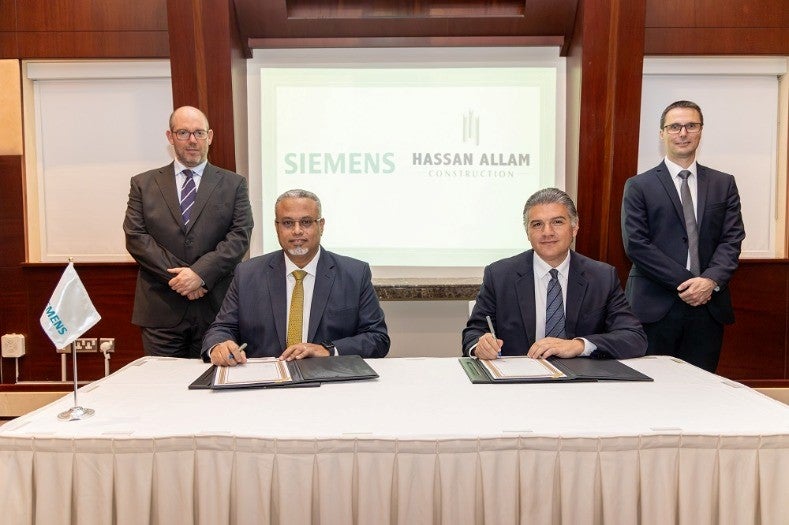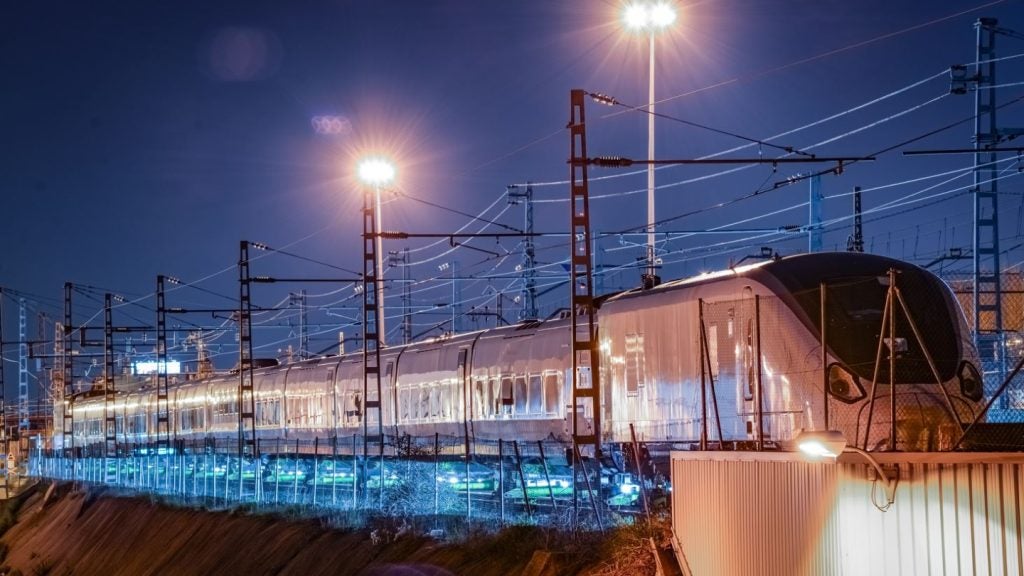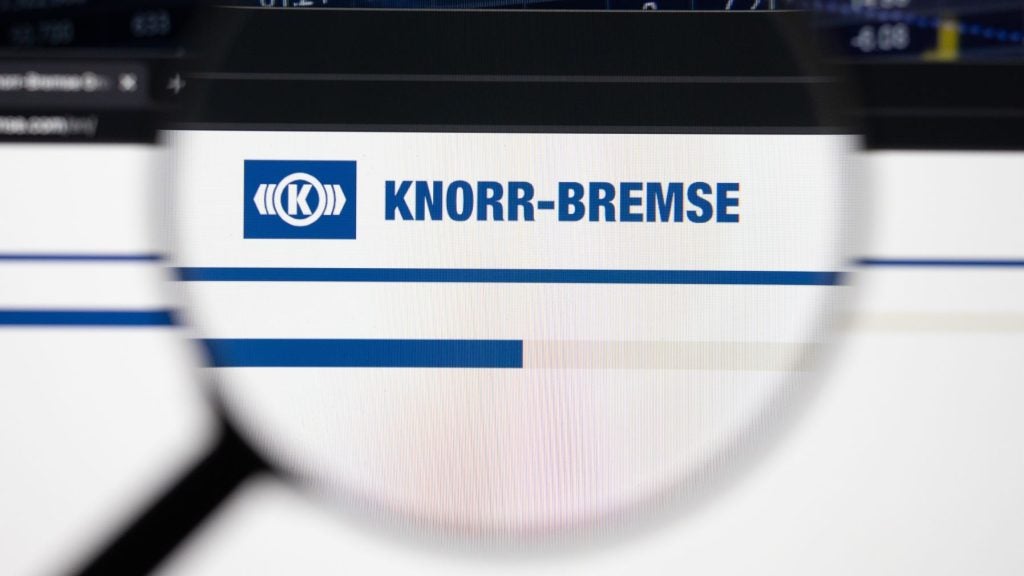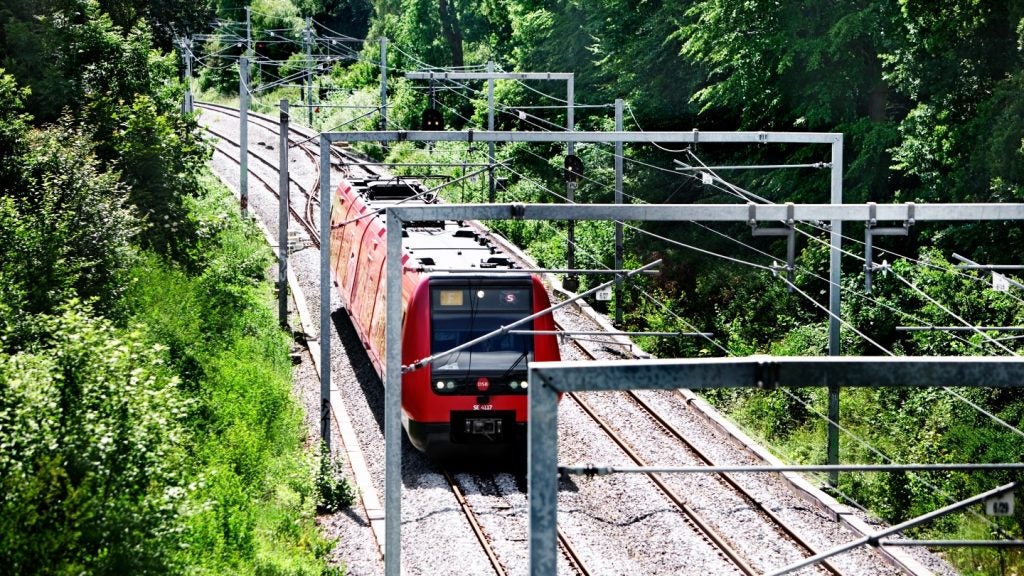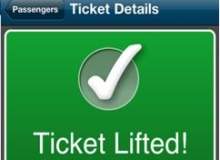
The ‘no paper’ era: eTicketing
Until now, America’s rail ticketing system has been highly labour-intensive and prone to mistakes at every stage. Conductors punched holes in paper tickets, collected stubs and mailed them to a service centre, where workers scanned each ticket to feed it into the main data centre.
With the advent of Amtrak’s eTicket programme, however, the face of the passenger rail sector is set to change forever. "We are currently witnessing the birth of the ‘no paper’ era," Waddell explained.
"This revolutionary change, while being environmentally green, provides significant enhancements to the customer experience and also major operational and financial benefits to our business and the industry."
The eTicketing system utilises software from Antenna to create a device-to-device system allowing conductors, equipped with the devices, to interact directly with customers’ electronic devices – including smartphones, tablets, eReaders and so on. Conductors can scan the barcode presented on the customers’ device, either from an emailed PDF document or from the Amtrak Rider app, (now available from Apple‘s iTunes store and available soon for Android).
Alternatively, passengers can print their ticket and have the barcode scanned in that way. With the rapid spread of mobile technology customer ticketing has become less stressful on consumers. Waddell noted: "In the past, the ticket used to be a valuable object that could be lost, but today mobile platforms remove this element of worry for the customer. As mobile devices continue to proliferate, printed tickets may soon become a thing of the past."
See Also:
Evolution of railway ticketing in the US
Despite eTicketing having been around since the 1990s in the airline industry, railways have had to contend with a variety of problems not encountered by their winged counterparts. The key difference, according to Waddell, is that airlines have strict boarding processes and can easily connect to their centralised reservation and departure control systems.
How well do you really know your competitors?
Access the most comprehensive Company Profiles on the market, powered by GlobalData. Save hours of research. Gain competitive edge.

Thank you!
Your download email will arrive shortly
Not ready to buy yet? Download a free sample
We are confident about the unique quality of our Company Profiles. However, we want you to make the most beneficial decision for your business, so we offer a free sample that you can download by submitting the below form
By GlobalData"Having tight controls around check-in, security and boarding processes, with good network connectivity at modern airports is very different than the rail station environment and mobile operational realities Amtrak faced," he explained.
Over more than 150 years, ticketing has evolved in a completely different way, with passengers in early times of rail transport only able to buy tickets at station counters or once on board, while there are more than 500 stations of varying sizes around the country. In contrast to major rail stations such as New York, Washington DC, Chicago and Los Angeles, there are also ten to 15 tiny, basic ‘flag’ stations, where a flag is waved to stop the train. "Because of the wide variety of rail stations and boarding environments, ticket validation is done on-board the train by conductors, making the need for a highly mobile technical solution absolutely critical," Waddell stated.
Amtrak looked at airline strategies, as well as processes used by European rail companies, in an attempt to create the best possible system. "While many European rail companies seemed to be using eTicketing, it was not being done it its fullest form possible," Waddell explained.
The company believes its eTicketing mobile solution leapfrogs the current airline boarding processes and leverages the traditional advantage that rail has had where passengers can easily and directly board the train, without all the hassles found at airports. "Amtrak recognised the opportunity to jump ahead of the airlines by leveraging mobile devices to remove the traditional check-in process altogether," Waddell noted.
Mature mobile technology is key to modern ticketing
Antenna was tasked with providing a mobile platform for Amtrak’s eTicketing programme. "Antenna has 13 years of experience targeting large organisations and providing them with the forum to mobilise their operations," explained Somers.
"This is achieved by combining certain elements in a system that is secure and reliable for the business, its employees and its customers, ensuring that messages appear in the right place, at the right time."
While Amtrak has tried to implement eTicketing before, rollouts were unsuccessful. "The mobile technology was not quite where it needed to be in the past," Waddell explained. "Today, however, it has matured to the point where there is widespread 3G coverage around the country (and even some 4G coverage) as well as robust operating systems and mobile devices."
One particular challenge inherent in mobile technology is this reliance on network coverage. "Because ticketing is usually done at the station, we matched up key locations (including all railway stations) to network tower locations in collaboration with AT&T, to ensure maximum coverage," Waddell noted, adding: "We also partnered with both AT&T and Antenna to ensure we had the technological capability to run both on and offline modes, as well as guarantee device messaging.
"All information is run through Antenna’s software platform, meaning the back-end system is not required to ‘know’ or deal with all statuses continuously."
Staying ahead of the innovation curve
A major aspect of mobile technology is that it is continuously changing. "One constant for Antenna is staying ahead of the innovation curve; it is our responsibility to keep systems current in this highly dynamic environment," Somers related.
Amtrak is leveraging Antenna’s AMP cloud, with all mobile elements being brought together to be managed and analysed instantly in the software provider’s mobile suite. "We worked together with Amtrak to build the software platform in a bespoke fashion, allowing for far more customisation and, ultimately, better system performance," noted Somers.
The fact that everything now happens instantly has led to a host of positive advances, with Waddell enthusing that unplanned benefits continue to arise from the new system, in addition to the multiple planned customer and operational benefits upwards of tens of millions of dollars. This also includes reduced queuing, print-at-home capabilities and the ability to make ticket changes more easily.
Partners in progress
According to Somers, one thing that made this project unique was working alongside other providers such as AT&T. "Everyone came together to deliver the best possible solution," he reported. "There was huge potential to lose productivity in a constantly moving environment like rail – that is the nature of networks.
"Being able to provide backup for lost data and synchronise all the diverse aspects of the system is a very rare capability on the market; we were very proud to be able to deliver such a reliable platform."
Waddell was quick to acknowledge Antenna’s role: "Antenna has proven to be a great technical partner across a number of critical applications, one of which was an app ensuring that conductors are always able to log onto the system and get the information they need. We are very pleased with operations and system performance."
Waddell went on to point out that Amtrak has invested a significant amount of time in setting up the project, including two years preparing back-end systems to facilitate eTicketing and reservation systems. "It was vital for the system to be able to keep an electronic record of the ticket, which entailed integrating the back-end so that the status of a ticket could be altered (in the case of a refunded ticket, for example)."
The dawning of US rail’s digital age
A pilot programme earlier this year enjoyed great success: "Rapid buy-in from passengers led to shorter ticketing counter queues, fewer tickets sold aboard trains and a significant reduction in lost ticket claims," Waddell said, going on to highlight the company’s satisfaction with the ongoing rollout of eTicketing on all major bus routes, while a number of other mobile initiatives are also in the pipeline that will give rise to further groundbreaking advances.
"Now, passengers can literally show up and step on board, as well as make ticketing adjustments on the move without worrying about ticketing lines, giving Amtrak a real competitive advantage," he expanded, before concluding: "Mobile eTicketing is a transformational and revolutionary industry change.
"It is very rare to find a modality that will fundamentally change how a company does business. This is one of those rare occasions – the dawning of the digital age for the rail industry."
Related content
The world’s most advanced high speed rail projects
Despite a hostile economic climate, many developers are moving ahead with the next generation of high-speed rail lines.
Grow west – California leads the US high-speed rail revolution
The first segment of true high-speed rail in America is due to begin construction in California later in 2012.
The world’s busiest train stations
Train stations around the world are approaching full capacity, as passenger numbers grow and cities are linked with new rail lines.
The grand plan: Amtrak’s $151bn vision for the Northeast Corridor
US rail operator Amtrak recently unveiled a grand $151bn vision to prepare the Northeast Corridor for a high-speed future.



